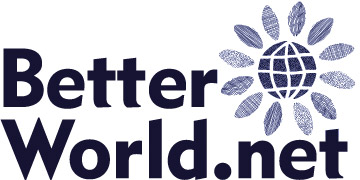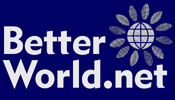Conflicts
are a normal part of life; how we deal with them can make a big difference. Often
when people resolve conflicts, one person ends up a winner, and one loses out.
This may solve the problem for the moment, but resentment and bad feelings can
cause more problems later. Another way to look at conflicts is to try to find
a WIN-WIN solution, in which both sides can benefit. In this way, conflicts are
turned into opportunities to grow and make things better. This approach is the
cornerstone of "conflict resolution" - an important tool for bringing peace into
our personal lives, our communities and to our world.
Although
people have been using conflict resolution techniques for years, the book, GETTING
TO YES, presented in 1981 by members of the Harvard Negotiation Project, helped
bring important ideas about conflict resolution to the public's attention. Since
then, the field has grown tremendously; today conflict resolution is being practiced
in almost every part of society. In many schools around the world, teachers receive
conflict resolution training to become better "peacemakers" when conflicts arise
in the classroom. Workshops help students learn how to work out their problems
nonviolently. By teaching conflict resolution principles in school, children develop
habits that will allow them to use these tools to deal with their problems throughout
their lives. Organizations that specialize in conflict resolution are being called
on to help families, schools, communities, businesses, and even nations to work
out their problems.
Conflict
Resolution Day (observed on the third Thursday in October) is the perfect opportunity
to raise awareness about the importance of learning the tools and skills that
can help us all to work out our differences peacefully.




